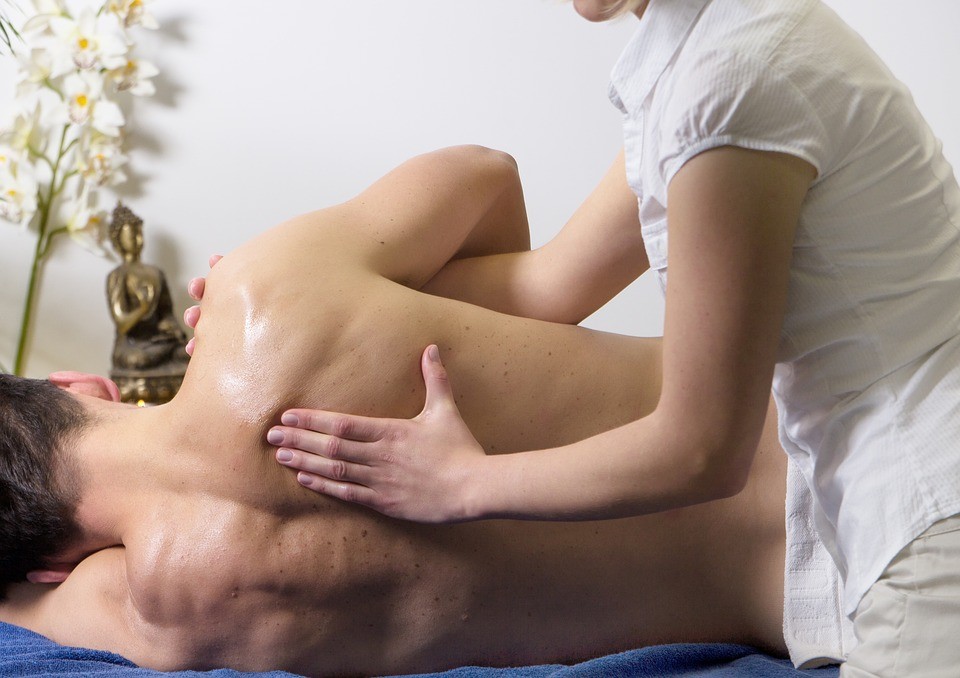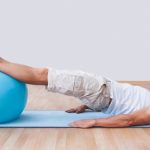Lower back pain is a common problem among athletes all over the world. Also, about a third of adults suffer from the problem, and among active people, the percentage is even higher. You may encounter it at some point, regardless of the nature of your job—whether sitting while working on your computer for the better part of the day, being active in a different setup, or any other scenario.
Causes of lower back pain
Normally, severe lower back pain is caused by injury to the muscles, joints, ligaments, or discs. Some of the things that may lead to the injury of one or several of those parts may include insufficient hip mobility, tight hip flexors, posterior chains weakness, weak abdominals, and tight lower back. Psychological factors may also cause pain. Although the issues are many, they are interlinked with one another. The issues are also very prevalent among youthful athletes.
Ways of fixing lower back pain
1. Maintain a neutral spine while strength training
You must ensure you maintain a neutral spine throughout your training when dealing with lower back pain. Irrespective of the workout—squats, planks, deadlifts, overhead presses, pushups, or anything else. When doing deadlifts, avoid extending your lower back, as doing so while holding a heavy external mass will aggravate lower back pain. You can maintain a neutral spine when doing deadlifts by ensuring that you squeeze your glutes as hard as you can as you maintain a neutral position while finishing. Have your workout recorded in order to watch and make sure you do not hyperextend the lower back as you train, or to rectify it if you do.
- Get used to using your glutes
The glute complex is the largest muscle group in the body and is crucial for posture, strength, and lower back wellbeing. Those who suffer from lower back pain tend to overuse spinal erectors (lower back muscles) since they have a problem firing the glutes. To prevent the problem, it is vital to teach your glutes how to fire effectively. Some basic glute activation drills include:
a) Glute bridge
This move works your glutes, which are part of your core. To do so, lie on your back with your hands at your sides, knees bent, with your feet hip-width apart and resting flat on the floor. Lift your hips a few inches off the floor by pressing your glutes together, squeezing your abs, and pressing your heels to the floor. Ensure your body forms a straight line from your shoulders to your knees. Maintain the position for a second, and ensure your knees remain straight. Lower your body gradually to the starting position. Make sure you lift your hips to where your glutes are engaged, but not to where you hyperextend your back.
While doing these exercises to work your glutes and strengthen your core, you may also consider steroids from for greater and faster results.
b) Forearm Plank
To perform this whole body and core exercise, place your arm on the floor, having your elbows directly beneath your shoulders and hands pointing to the front to ensure your arms are parallel. Put your legs straight behind you with your toes resting on the floor, so your body makes a straight line from your heels to your shoulders. Squeeze your whole core, as well as your glutes and quads, and tuck your butt a bit so your lower back is straight. Ensure you are not dropping your hips or lifting your butt up. Keep your head in a way that your neck is in a neutral position and your gaze is resting on your hands. Maintain this position.
- Achieve adequate hip mobility
If you do not have proper hip mobility, you can suffer from lower back pain. You need to achieve and maintain enough hip mobility so you can perform and function at your optimal level. Although many think achieving hip mobility is difficult, you can achieve it in a considerably short amount of time with some simple movements, which you should constantly practice. You can use Half-Kneeling Hip Flexor Mobilization as one of the movements to achieve adequate hip mobility.
How to do half-kneeling hip flexor mobilization
Put a soft mat on the ground, put your right knee on the ground beneath your right hip, and bend your right foot with toes on the ground. Position your left foot in front of you, leg folded at a right angle, and rest your foot on the ground. With your chest upright, raise your arms to go past your head. Drive your right knee into the ground and move your hips forward while observing an upright body position. Once you feel a stretch in your flexor on the right hip, stop for a second, and then return to the starting position. Do several reps on one side, and then move to the other side.
Wrap-up
You can fix lower back pain by observing the above tips and also by maintaining the proper form and using the right technique when lifting weights. Also, avoiding sprinting and rowing until your back is strong enough, which can help you prevent or deal with lower back pain.













